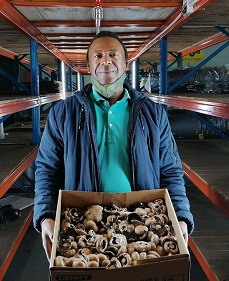 Twenty million South Africans face food insecurity, which prompted an organization to gear up its logistics network to place food where it’s most desperately needed.
Twenty million South Africans face food insecurity, which prompted an organization to gear up its logistics network to place food where it’s most desperately needed.
Right: Leonard Nkwalese of Community KidsPot, a Gugulethu-based beneficiary
In almost two years, SA Harvest has moved over 2.9 million kilograms of nutritious food from farmers, manufacturers, retailers and other suppliers in the food chain (much of which would have gone to landfills) to organisations in KwaZulu-Natal, Gauteng, the Western Cape, Free State and Mpumalanga.
One of the more than 200 organisations that receives vegetables and fruit through the SA Harvest network, is a foundation set up by Laeeq Toffar, a 17-year old school pupil in Delft, Cape Town. He was approved as a beneficiary by SA Harvest in August, and in one month, SA Harvest has delivered the equivalent of 2,785 meals through his foundation.
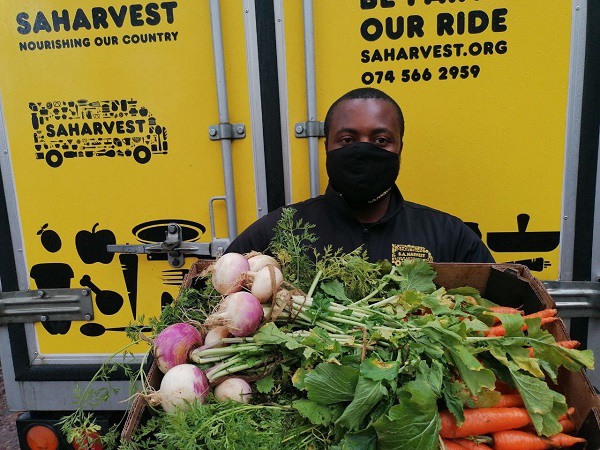 Clever Kadungure of the SA Harvest operations team
Clever Kadungure of the SA Harvest operations team
“We receive huge amounts of vegetables from SA Harvest. We connect weekly with ten organisations that are also feeding children. We then distribute vegetables to families weekly as well. We mainly focus on children and nourishing them but we support 100+ families with a vegetable packet and extras we receive weekly,” Laeeq explains.
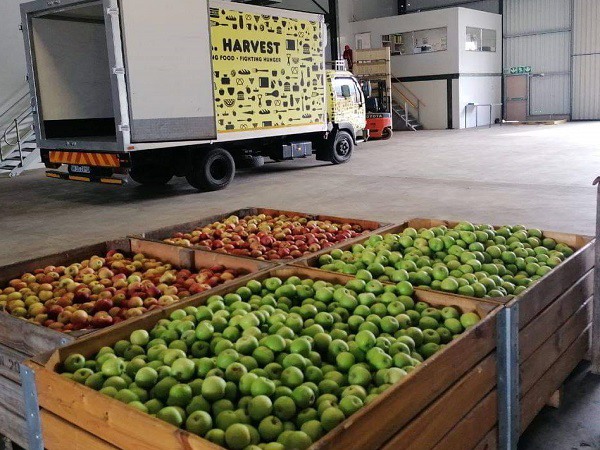
The families come back to them to tell them what meals they cooked with the vegetables, he adds. Currently they’re receiving butternuts, sweet potatoes, carrots, tomatoes, onions, potatoes and pumpkins, as well as soft citrus.
Môrester Landgoed in Ceres is one of the biggest donors of the staples of onions and carrots to SA Harvest’s Cape branch; these form the base of the stews and curries beloved in Cape cuisine, notes Ozzy Nel, SA Harvest COO.
Charl van der Merwe, marketing manager Môrester says that they provide SA Harvest with five tonnes of onions and four tonnes of carrots every week or so. Their carrot production runs year-round, while the Koue Bokkeveld onion harvest will only resume in January.
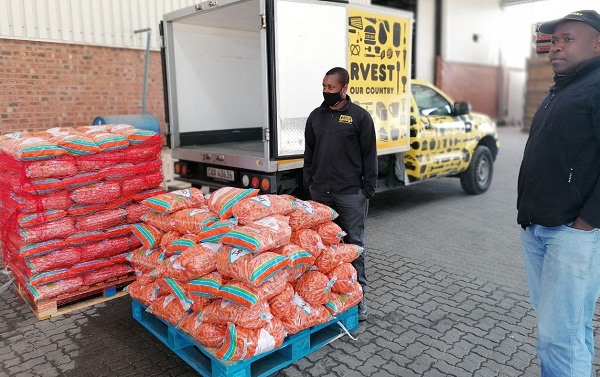 Onions and carrots arriving from Môrester Landgoed, Ceres (photos supplied by SA Harvest)
Onions and carrots arriving from Môrester Landgoed, Ceres (photos supplied by SA Harvest)
Custom-built platform to close the food chain
SA Harvest has a fleet of refrigerated and other vehicles operating from warehouses in Briardene in Durban, Epping in Cape Town and Wynberg in Johannesburg.
A proprietary technology platform is being built to enhance SA Harvest’s logistics capability, which will help enhance the efficiency of the entire food rescue supply chain through allowing knowledge and data to be shared between NGOs and other key stakeholders in this space.
"It empowers how we tackle the problem of food waste in South Africa and eventually scale sufficiently for our industry to be more effective," Nel explains, adding that solving hunger at the scale that it exists in South Africa ultimately boils down to logistics.
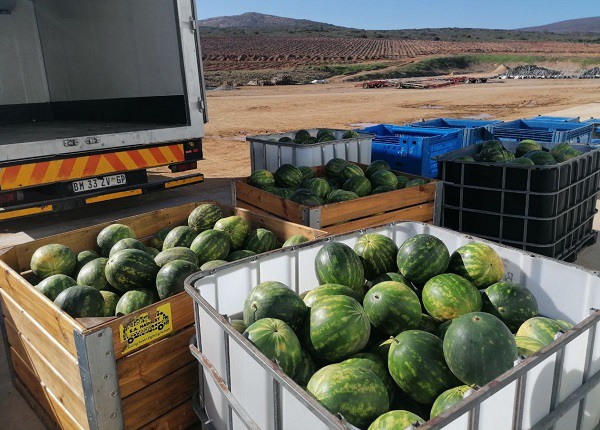
Empty & underutilised return loads could make all the difference
“No one company can acquire enough vehicles to accomplish this massive task. We have a huge need for logistics partners who can become part of the solution. Through our technology platform and the mapping of food donors and those in need, empty and underutilised return loads could make all the difference and we implore logistics companies to help us end hunger in South Africa."
SA Harvest is able to issue a Section 18A certificate to all donors of tangible, billable products and services. This includes logistics, with the value being based on the value of the load and the distance in kilometres. Section 18A certificates allow organisations to deduct up to 10% of their taxable income. “Giving makes good business sense. Donating allows organisations to communicate their CSI initiatives and, through the Section 18A, saves money on their bottom line.”
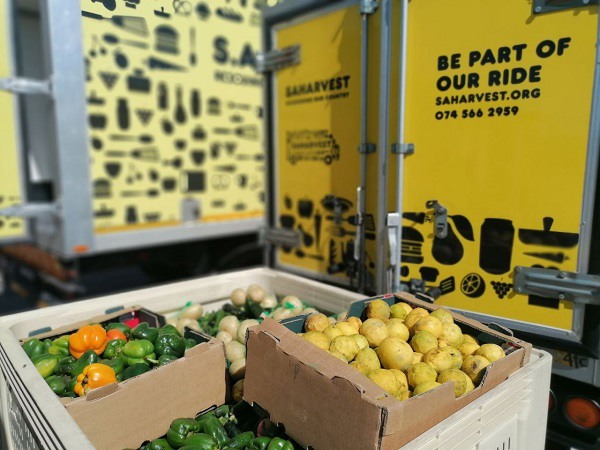
The unprecedented civil unrest and arson in July was a test for SA Harvest to meet the sudden and acute shortage in food; they erected an emergency distribution centre at King’s Park rugby stadium in Durban and it is still serving as a temporary warehouse.
Nel explains: “Our branch in Durban and the area where our warehouse is located were directly affected by the unrest so we were intensely aware of the unfolding crisis.”
For more information, or to assist with donations or logistics: Margolite Williams
Margolite Williams
SA Harvest
Tel: +27 79 495 4433
Email: margolite@saharvest.org
www.saharvest.org
